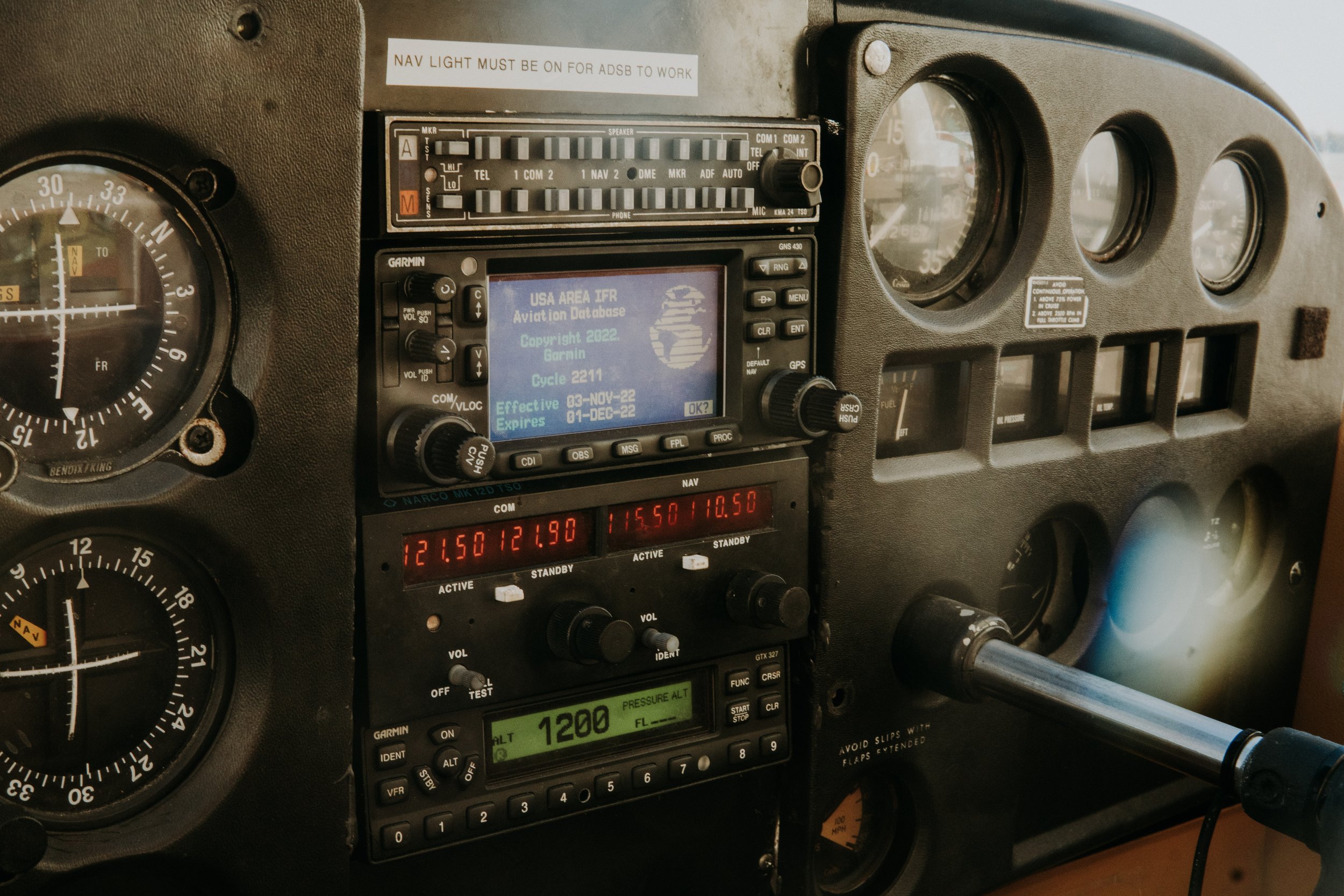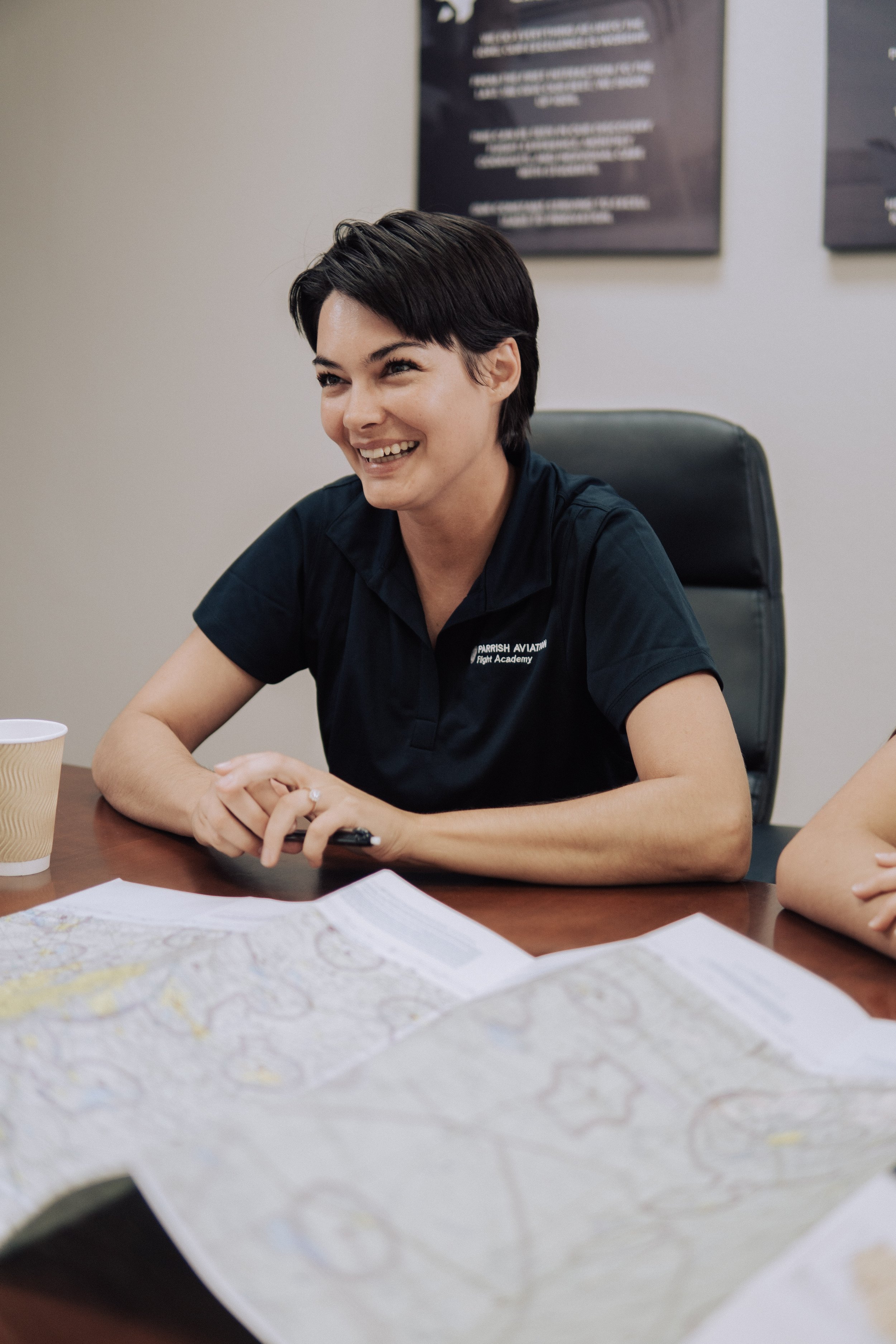How To Become An Airline Pilot
is a challenging but rewarding career path that requires a significant amount of training and preparation. The exact steps to become an airline pilot can vary depending on the specific requirements of the airline and the regulations of the country where the pilot will be working.
However, some common steps to becoming an airline pilot include:
To obtain a private pilot's license, you must be at least 17 years old and able to read, speak, write, and understand English. You must also complete a certain amount of flight training, including at least 20 hours of flight training with an instructor and 10 hours of solo flight.
Once you have completed the required flight training, you must pass a written exam to demonstrate your knowledge of the principles of flight, airspace rules, navigation, weather, and other important topics. You must also pass a practical exam, which involves demonstrating your flying skills and knowledge in a real-life scenario.
Obtaining a private pilot's license is a significant accomplishment, and it opens the door to many exciting and rewarding opportunities in the world of aviation.
2. Obtain an instrument rating:
An instrument rating is a type of pilot certification that allows a pilot to fly in instrument meteorological conditions (IMC), which are conditions where visibility is reduced, such as during fog, clouds, or heavy rain. This is an essential skill for airline pilots, who must be able to fly in a wide range of weather conditions.
To obtain an instrument rating, a pilot must already hold a private pilot's license or higher. In addition, the pilot must complete a certain amount of flight training and pass a written exam to demonstrate their knowledge of instrument flying.
The flight training for an instrument rating typically includes a minimum of 50 hours of cross-country flight time, 40 hours of instrument flight time, and 15 hours of instrument training with an instructor. This training is designed to teach pilots how to fly safely and effectively using only the instruments in the cockpit, without relying on visual cues from outside the aircraft.
Once the flight training is complete, the pilot must pass a practical exam, which involves demonstrating their instrument flying skills in a real-life scenario.
3. Obtain a commercial pilot's license:
The requirements to be a commercial pilot can vary depending on the specific regulations of the country where the pilot will be working. However, some common requirements to be a commercial pilot include:
Being at least 18 years old
Being able to read, speak, write, and understand English
Holding a private pilot's license
Having a minimum of 250 hours of flight experience
Completing a certain amount of flight training, including a minimum of 35 hours of flight time with an instructor
Passing a written exam to demonstrate your knowledge of the principles of flight, airspace rules, navigation, weather, and other important topics
Passing a practical exam to demonstrate your flying skills and knowledge in a real-life scenario
In addition to these requirements, it is also important for commercial pilots to have strong communication and problem-solving skills, as well as a strong work ethic and a commitment to safety and professionalism.
4. Obtain a flight instructor's certificate:
To be a flight instructor, you must hold a commercial pilot's license or higher. In addition, you must complete a certain amount of flight training and pass a written exam to demonstrate your knowledge of teaching principles, flight instruction techniques, and FAA regulations.
You must also pass a practical exam, which involves demonstrating your teaching skills and knowledge in a real-life scenario.
To maintain your flight instructor's certification, you must also complete a certain amount of continuing education and training, and you must pass a flight instructor renewal exam every two years.
In addition to these requirements, it is also important for flight instructors to have strong communication and problem-solving skills, as well as a passion for teaching and a commitment to safety and professionalism.
5. Obtain an airline transport pilot's license (ATPL):
An airline transport pilot's license (ATP) is the highest level of pilot certification.
To obtain an ATP certificate, a pilot must hold a commercial pilot's license and have a minimum of 1,500 hours of flight experience, including 500 hours of cross-country flight time and 100 hours of instrument flight time.
In addition, the pilot must pass a written exam to demonstrate their knowledge of advanced aeronautical topics, such as aircraft systems, performance, and emergency procedures. They must also pass a practical exam, which involves demonstrating their flying skills and knowledge in a real-life scenario.
Obtaining an ATP certificate requires dedication, hard work, and a strong commitment to safety and professionalism.
6. Apply for airline pilot positions:
Once you have the necessary qualifications and experience, you can apply for airline pilot positions with various airlines.
In addition to these steps, it is also important for aspiring airline pilots to keep up with industry developments, maintain a strong work ethic, and continue learning and developing their skills throughout their careers.
Some Airlines and Cargo companies to look into include:






